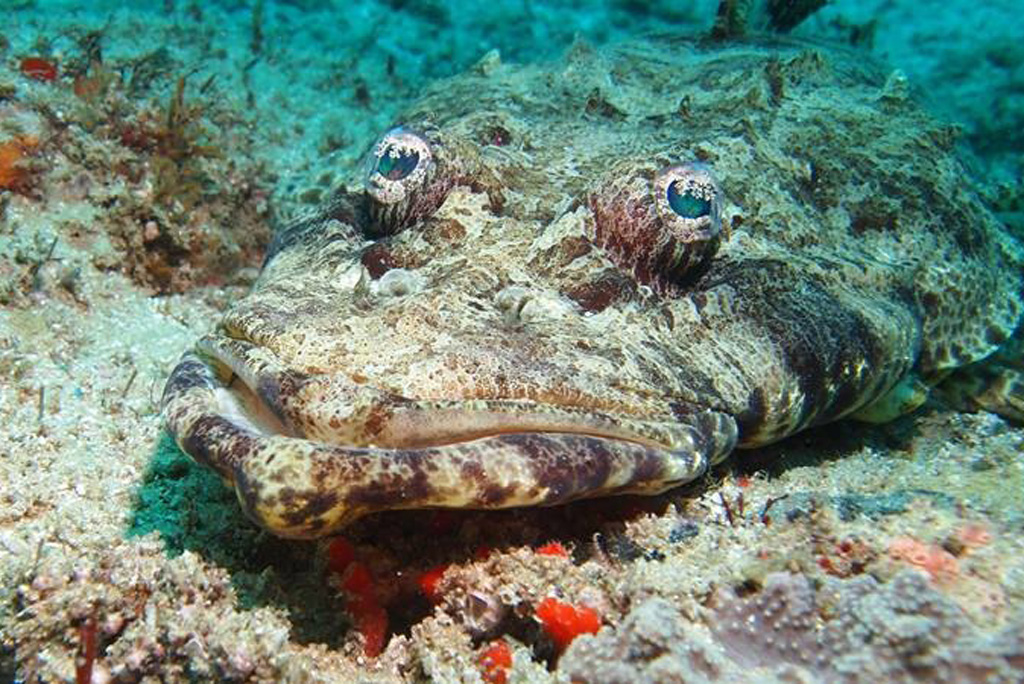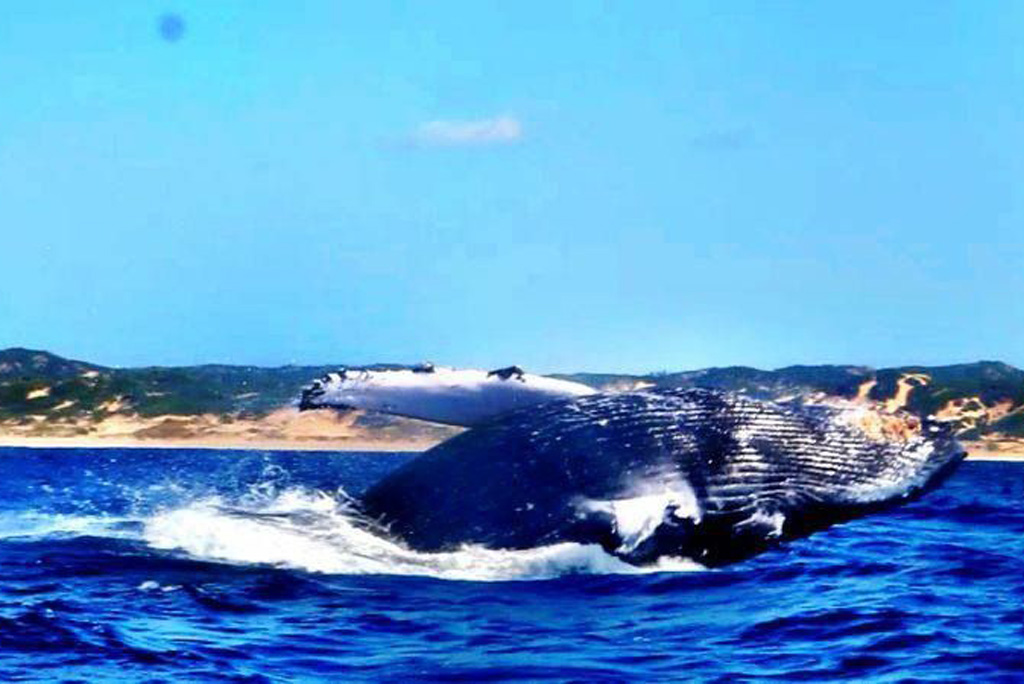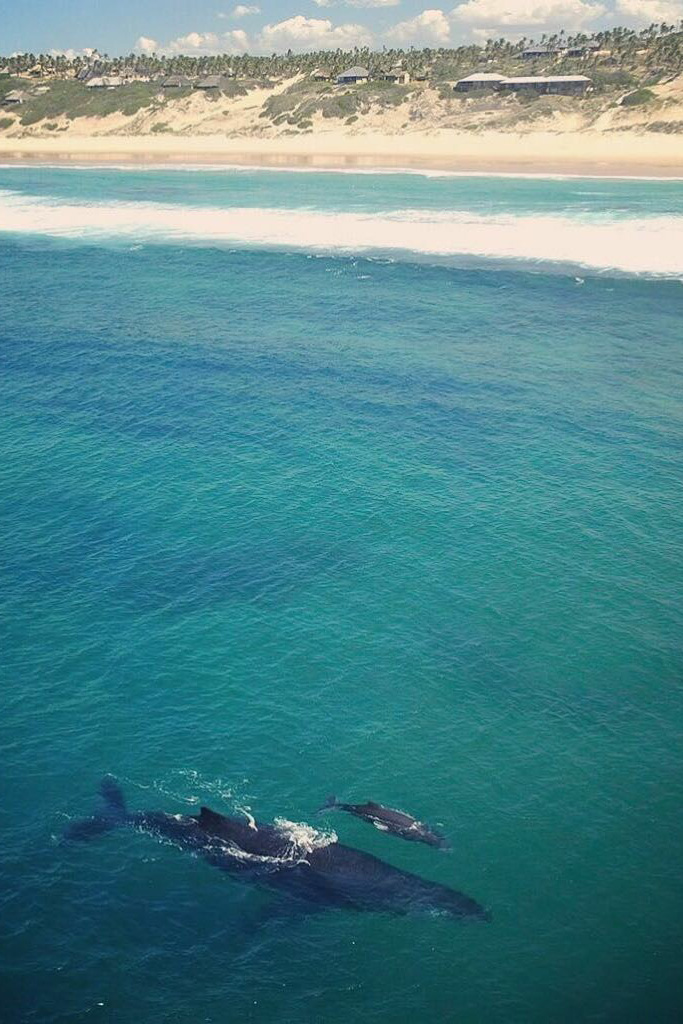Whale shark diving
This is one of the ‘must do’ activities in Guinjata bay, because you will dive in several world class, largely protected, and not overcrowded reefs. This bay offers diving challenges for beginners to advanced divers. The water temperature is lovely, from 29 degrees in summer to 22 degrees in winter, and visibility can be up to 40 metres!
Whale sharks and Manta Rays
Besides the beautiful reefs, this part of the world is famous for its amazing sightings of Whale sharks and Manta Rays. Whale shark diving in their natural environment is a breathtaking and rewarding experience. The world’s biggest fish gliding slowly but gracefully past, within touching distance is impressive. The reefs also offers e.g. Frogfish, Sea horses, Turtles, Dolphins, Humpback Whales, Eels, Rays, Barracuda, Kingfish, Paper fish.
Manta Reef and more
The Manta reef is a “must dive”, but there are much more beautiful reefs like:
- Paindane Express (19-40m),
- Coral Gardens (12m),
- Green Tree (25-30m+).
Schools
There is a variety of diving schools in the area that can assist the beginner who wants to learn how to dive, but also the more advanced diver who wants to improve or refresh his/her diving skills.
The whale shark, the biggest fish
The Whale shark is the biggest fish in the sea and there are only a few whale species larger than it. Thought to reach up to a possible 20 meters and 34 tonnes it seems difficult to believe that Whale sharks feed on microscopic plankton rarely more than 3 mm in size. The combination of its immense size and characteristic checkerboard pattern makes the Whale Shark almost unmistakable and completely unforgettable.
Whale shark diving: breathtaking
Whale shark diving in their natural environment is a breathtaking and rewarding experience. The world’s biggest fish gliding slowly but gracefully past, resplendent in its dappled skin, within touching distance and impassive to the presence of the onlooker. Many thousands of divers seek out this opportunity annually. This species, despite its enormous size, does not pose any significant danger to humans. They are actually quite gentle and can be playful with divers. Divers and snorkelers can swim with this giant fish without any risk apart from unintentionally being struck by the shark\’s large tail fin.
Code of conduct for Whale shark diving
Whale sharks are passive creatures and can be agitated by aggressive behaviour such as being touched, or chased. It is as much a diver’s responsibility as anyone else’s to ensure the survival of Whale sharks for future generations. This means causing minimal disturbance to the sharks when approaching by boat or when diving. Although Whale sharks are harmless, their sheer size makes it necessary to exercise caution around them, especially at the tail end.
Swimmers and divers
Take note:
- Do not attempt to touch, ride, or chase a Whale shark
- Do not restrict normal movement or behaviour of the shark
- Maintain a minimum distance of 3 metres from the Whale shark
- Do not undertake flash photography
- Do not use underwater motorised diver propulsions



